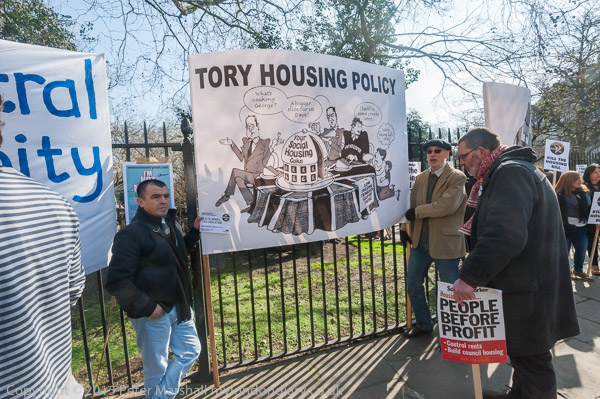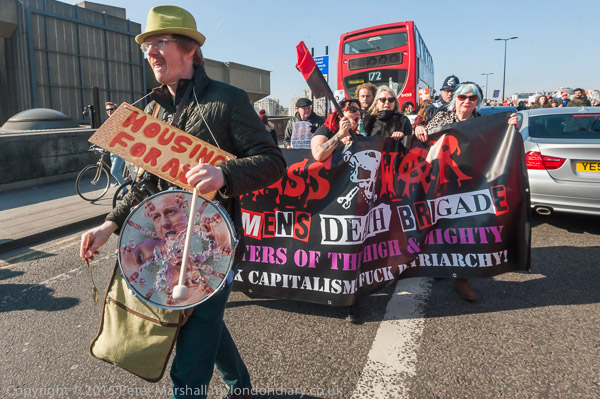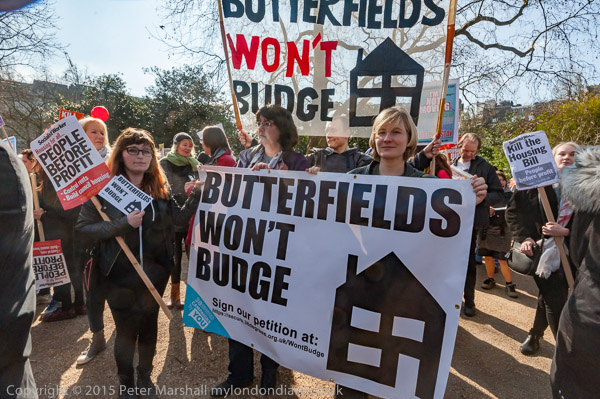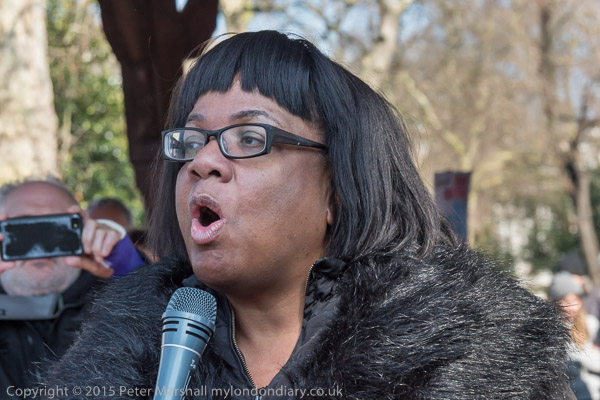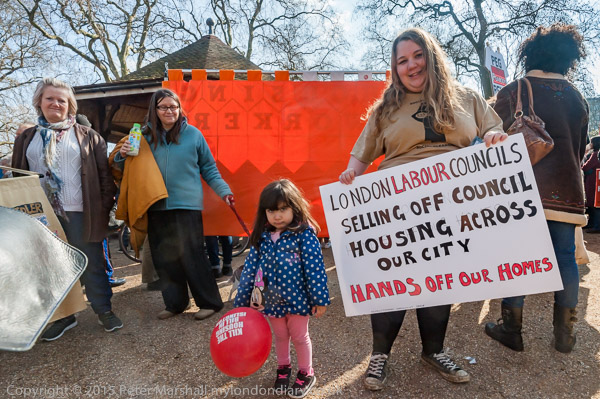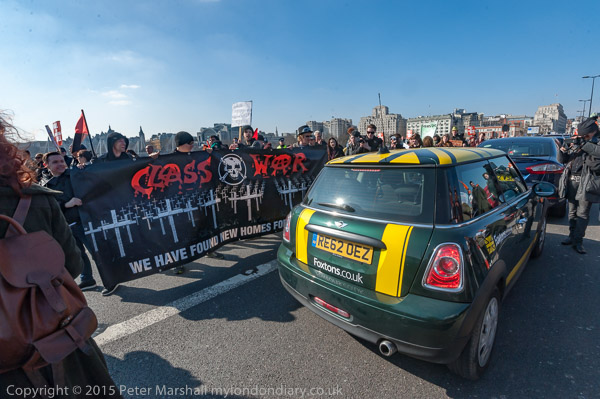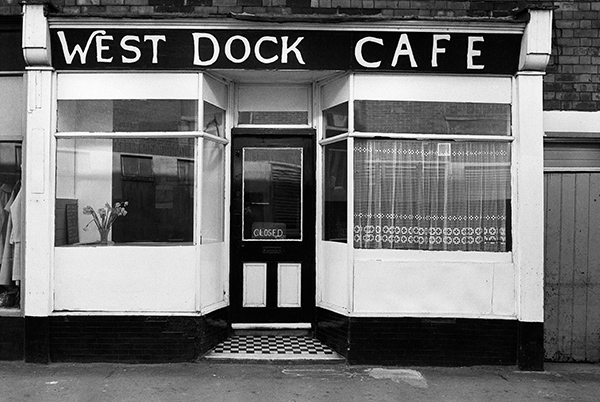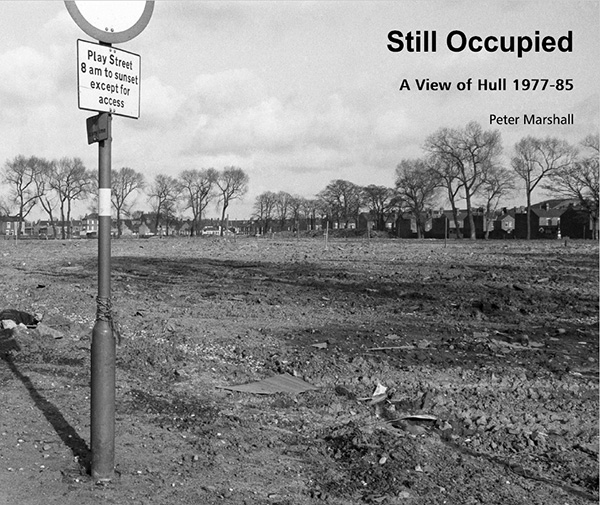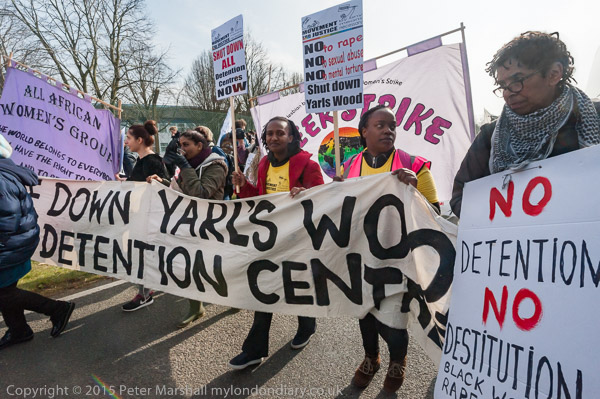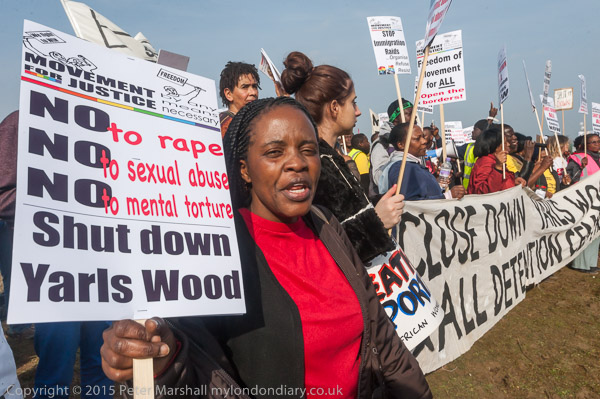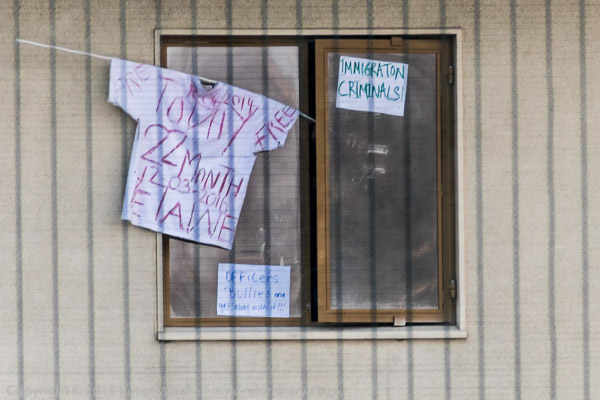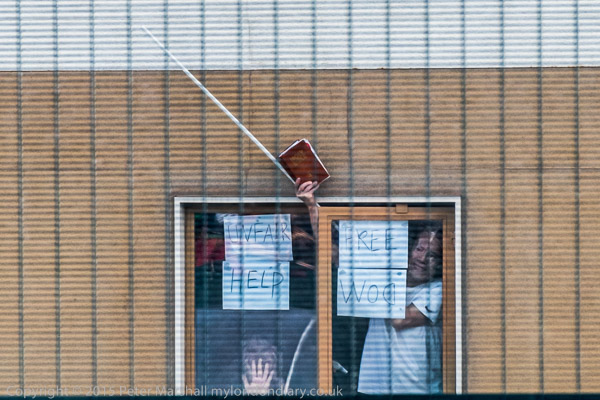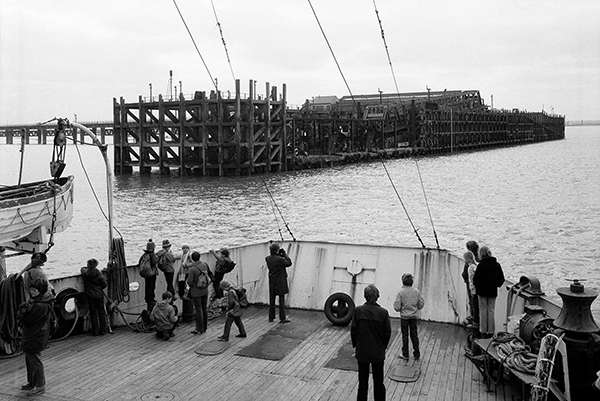
When I first went to Hull the route to Lincolnshire (should anyone wish to go to Scunthorpe, Immingham, Cleethorpees or Grimsby) was either the long drive to the Boothferry Bridge near Goole – and then back east or the Humber Ferry between Victoria Pier (aka Corporation Pier) and New Holland. There had been plans for a bridge or tunnel, but it was only the 1966 Hull North by-election that led to a Labour government actually approving plans for the Humber Bridge. And by the time it actually opened, 15 years later it was, as I wrote at the time, ‘a bridge too far’ and too late, being largely rendered redundant by the new motorways, with the M62 providing a new crossing and links to the then growing motorway system. Who after all really wanted to go to Scunthorpe or Grimsby – and if you were heading further south the M62 was your friend.
The ferry which has first run in 1315 ended its service when the bridge opened in June 1981, which was something of a shame as it was a nice trip out from Hull in the right weather, though there was precious little to do when you got to the other side – except get on a train for Grimsby etc or simply walk a little along the rather desolate shore before catching the ferry back to Hull.
My first trip on the ferry was on the PS Lincoln Castle, a coal-fired paddle steamer retired from service in 1978 but in April 1981 when I made this trip this was beached near the Humber bridge and open as a restaurant – and a day or two after I took this picture we went and had tea and cakes there. The diesel engined screw-driven replacement was more practical but less impressive.
In my book, ‘Still Occupied‘ this picture is wrongly captioned as approaching Hull, but it actually shows the view as we approached New Holland Pier on the other side of the estuary. There were only a handful of cars on the ferry, and many of the foot passengers like us were taking a ride before the service was coming to an end a couple of months later.
This picture was Monday’s addition to my new web site, also called ‘Still Occupied’ though the address is the perhaps clearer http://hullphotos.co.uk. So far the site contains my pictures from 1977 to my trip on the ferry in April 1981, and my intention is to add at least one more every day throughout the year 2017 when Hull is the UK City of Culture. If you want to see the latest new picture they will each appear in turn on the Introduction page of the site – so Bookmark that and make a daily visit.
I’ve also taken the opportunity of correcting a few mistakes in the book, though unfortunately not the one mentioned above, which I’ve only just spotted. The images and layout are unchanged and so this is not a new edition, and still has the same ISBN. The preview above shows quite a few of the 120 pages.
Special Offer
Until 11:59 pm on 13th December you can get a 20% discount on the cost of this and any others of my books at Blurb with the code GIFTWORTHY20 – in upper case as shown. Of course it still doesn’t make the books cheap. But you can download a high quality PDF version for only £4.50
Extra Special Offer
I have a limited number of copies avaialable of all my books at below Blurb prices for UK orders only – see prices and contact details here. And now a very limited number of copies of ‘Still Occupied’ for only £25 +£2 p/p to UK addresses only. When these few are sold the price from me will go back to the £30 listed on my web page.

